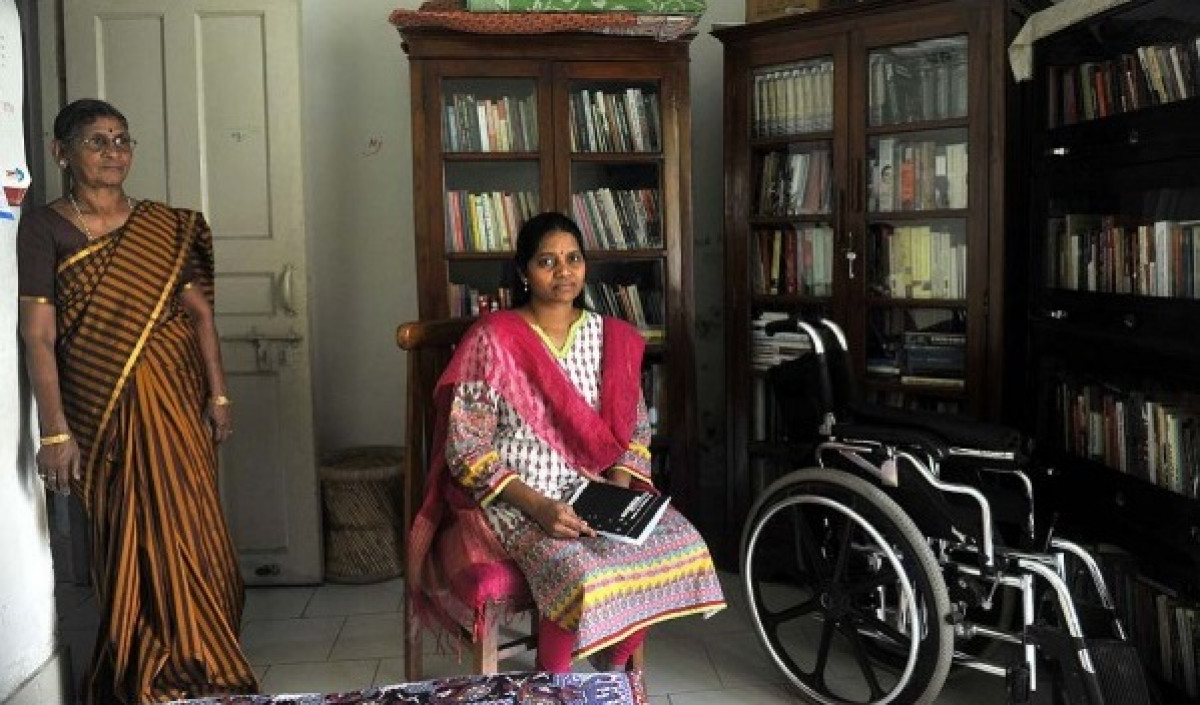India
The Second Wave: Labourers and workers living in fear of repetition of last year's trauma
Railway stations and bus depots are witnessing a sharp rise in the number of people.

With the new debate around the possible imposition of lockdown amidst the scare of a second wave of the Coronavirus pandemic, discussions and discourses about the effects of the pandemic, its utility and implication on common masses have begun again. Railway stations and bus depots are witnessing a sharp rise in the number of people who are travelling back to their native places, still terrified by their experiences of the last lockdown, back in March 2020.
When the lockdown struck last year, the shopkeepers of the urban area had to shut down their shops. The procurement of raw material and gathering the belongings for the daily operation was hampered. Ulhas Pingale, a Neera shop owner serving in Pune’s suburb area runs his stall on the footpath. During the last lockdown, the Neera was not being sold in the entire season starting March 2020. His livelihood was dependent on the business, thus the eight months of lockdown were harsh upon his family. He had just secured the license to run the stall in January of 2020 and was not able to recover the entire cost of the stall itself.
Narrating his story, he said, "Neera needs to be extracted from Palm trees on a daily basis and shifted to the city from the locales of Pune rural areas. The procurement and extraction were thus halted to a great extent. As it runs on a daily basis, it would be difficult to compensate for the value chain of Neera. Thus, the lockdown has changed my perspective towards livelihood.” He added, “The days were so bad, I had no choice but to sit at home and rely on the provided rationing. The public distribution system was not functional and we had to contact other organisations for aid. Sitting all day in front of the TV and doing nothing was more tiresome than work. Now the night curfew has been imposed. I hope that there won't be any lockdown during the day at least. My family cannot sustain such kind of hardship once again."
Many labourers had to migrate from the city to their native towns and villages for survival. They travelled to their villages using any possible means. Rajgurunagar, a town near Chakan industrial area was home to Mangesh Karale, an employee from the Tata Motors plant in Pimpri. He was earning his bread as a temporary contract worker under various contractors deployed by the firm. He lost his job during the pandemic without any intimidation from the firm. Though it was a sudden shock, it was easier for him to travel to his native place. He, however, witnessed the horrible situation that his fellow workers had to go through during the lockdown.
"They were simply walking on this highway," Karale said pointing towards the National Pune-Nashik highway. "Some were carrying children and ration on their head. It was like fleeing from exodus after some serious catastrophe. People were simply walking back to their villages, while I was safe at home. I have some land and financial backup with me. My colleagues from Hindi Belt and Bhaiyyas had nothing. They were forced to leave," he expressed.
The labourers of cities had built the very society and institution in urban areas. The lockdown showcases to what extent the developed civilisation will allow the labourer to be part of their livelihood and establishments. The effects of the exodus of such workers have shown the conflicts of interests of the classes. Though such places were built by the very workers who had migrated to the cities, their employers and contractors made no provisions to accommodate them. All the surplus funds generated out of their lives were used by the middle class establishment of cities. The deaths during this reverse migration are still part of the consciousness of labourers of cities.
On the other hand, the rural areas and the native places of these migrant workers were not welcoming to them. Many villages had blocked the roads and closed entry to the migrant workers. They had barred many from entering their villages, even to access their household out of widespread fear of Coronavirus. The migrant working class had nowhere to go during this crisis. Their native identity, their regional identity and identity of their religion and caste were dissipated. This exodus was cursed with their own fate and they were thrown out of their current establishment, just as the expulsion of Adam and his wife from the garden of Eden. However, the current garden of Eden, that is these urban places, built by those who were executed during the lockdown, were used as safe haven for the middle and upper classes.
Despite such neglect and exploitative experiences, the migrant labourers returned to cities as soon as the lockdown was lifted in the first phase. A study conducted in April–May 2020 stated that 77 percent of the migrant workers were prepared to return to cities for work despite everything. This situation has not yet changed and there is no provision for social security and extra resources and surplus for the working class. The public distribution system was hampered. The general public was relying on voluntary organisations and their aid for survival. With the newly rising cases of Coronavirus across the country, people can all but hope that this time around, they won't have to face hardships as before.





